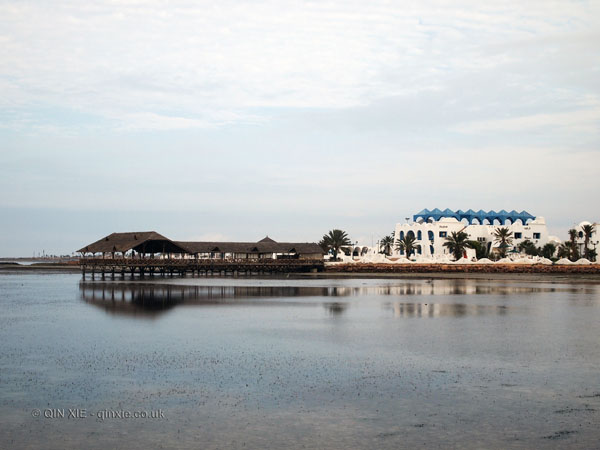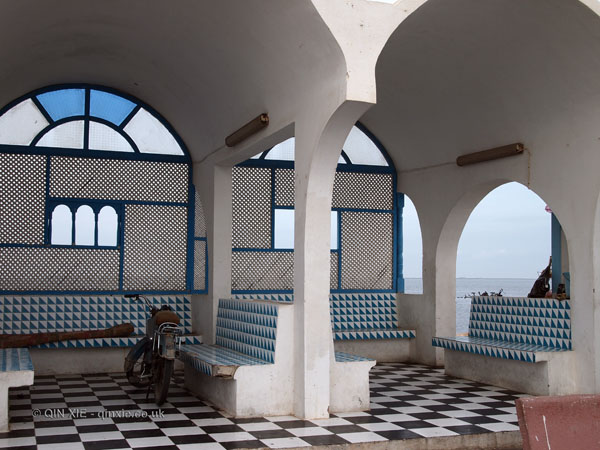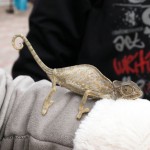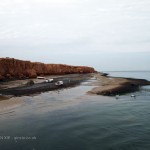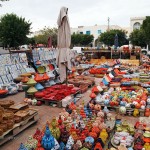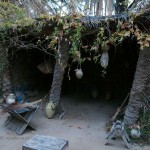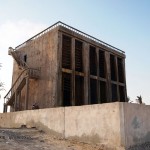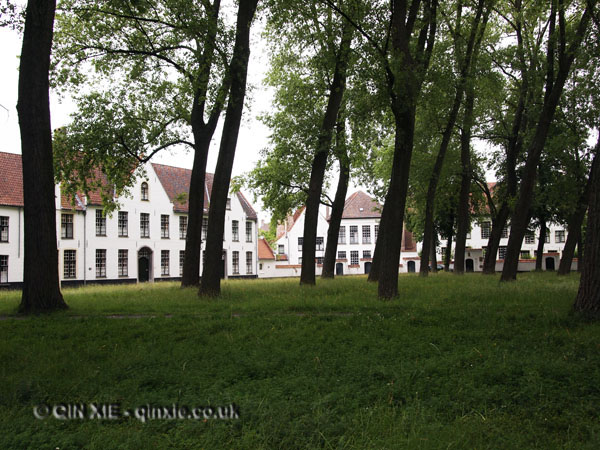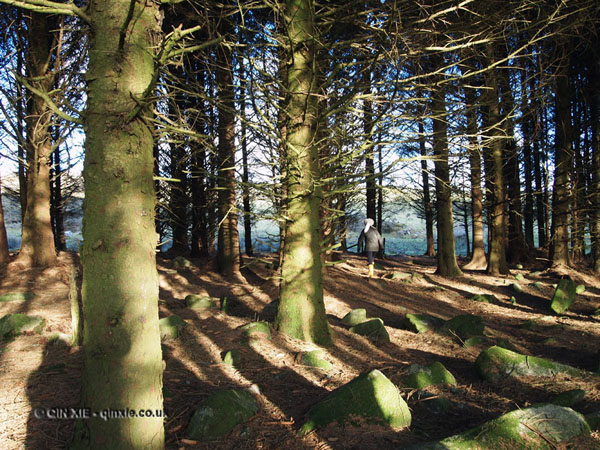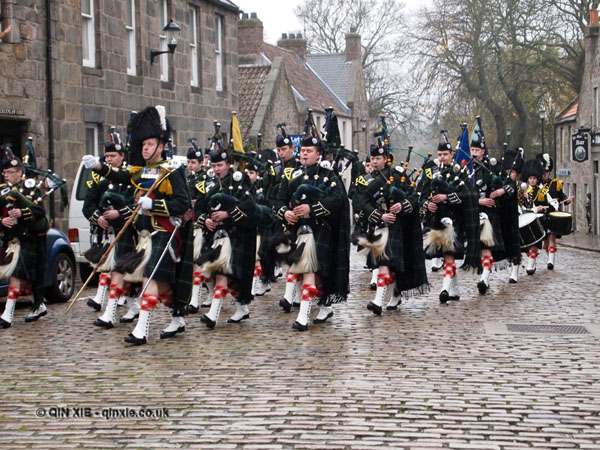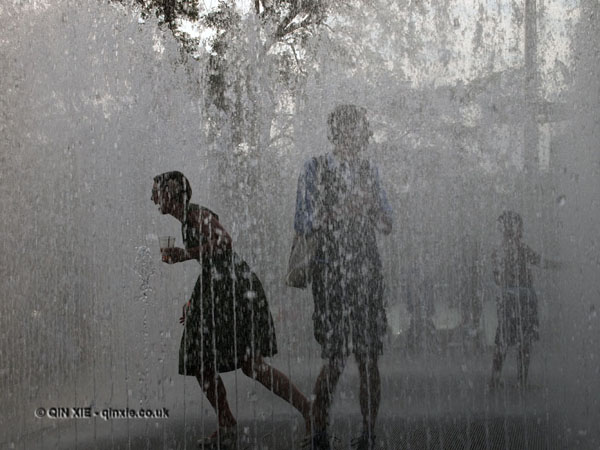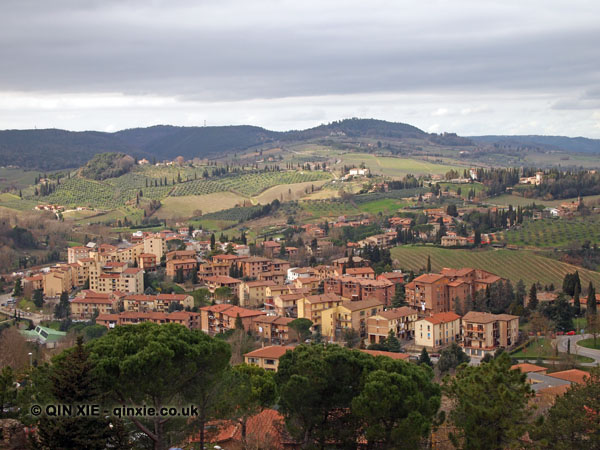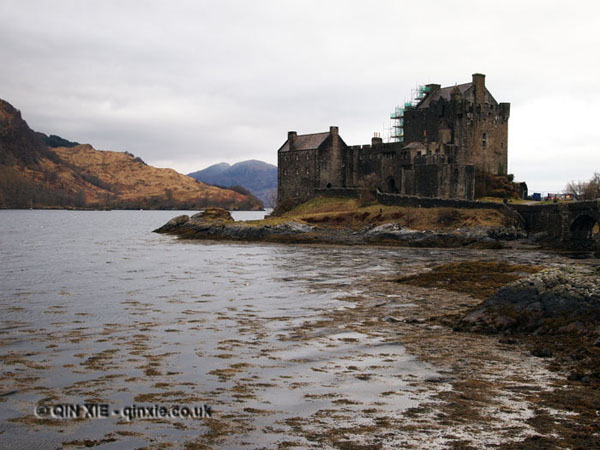Inspired by Tunisia
Culture Explorer uses affiliate links, including those from Amazon, which are identified using an *. If you buy something through the link at no extra cost to you, Culture Explorer may be paid a commission, which helps to fund running of the site. You can read more about this here.
Tunisia came and went in a flash.
In a continent so vast and wild as Africa, Tunisia makes just a little dent on the map in the north. Once the land of Berbers, it has been conquered by the Romans, the Turks and the French, all leaving more than just a passing monument amidst the fast-growing new builds.
From the French came the language and pastries; from the Turks, or the Ottoman Empire, came Islam and geometric designs; and from the Romans came the wines and the ruins at Carthage.
My journey through Tunisia took me through Tunis, Djerba, Matmata, Douz, Kebili, Kairouan and finally Carthage. While northern Tunisia spoke of constructed cities and greenery, southern Tunisia was sharply contrasting with pockets of green oasis amidst salted sand terrain; each with its own charm.
Though the landscape changed dramatically, the leisurely journey took only four days – a fact that I was rather surprised about when I realised how much ground was covered in those few days.
The most surprising discovery for me was design. Though I don’t write about design, beyond as it relates to food and drink, I’d very much like to visit Tunisia just for design.
I loved the intricate geometric patterns of the mosques, the complexity of the hand-woven carpets, the ethnic intrigue of the jewellery and what seems, to me at least, to be an up and coming art scene. Of course, not to forget the iconic Tunisian blue highlights against the perfectly white washed walls of the most traditional houses.
For someone who creates with words, I couldn’t help but think in pictures. And the more I think about it, the more I find things to discover.


